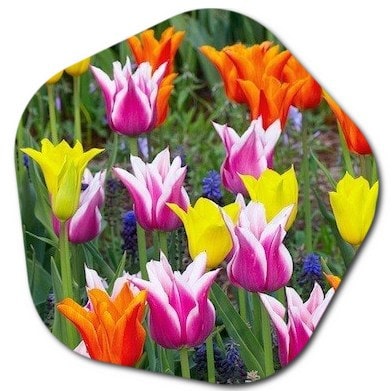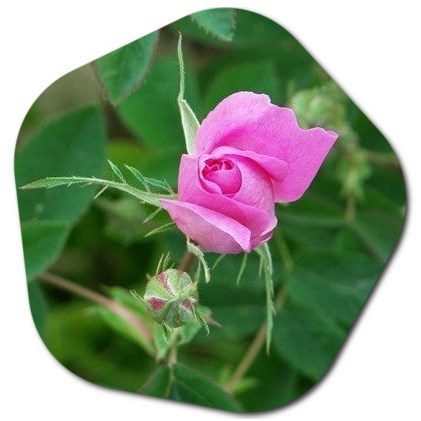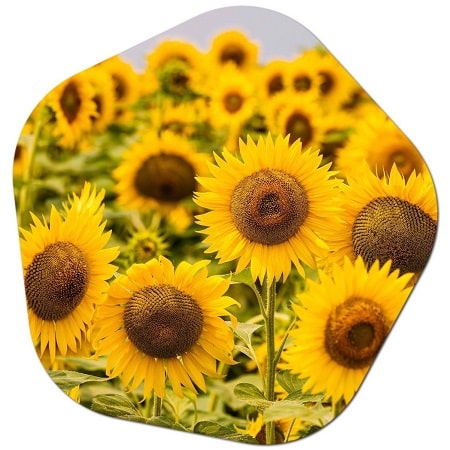Most Popular Garden Flowers in the United States
What is the best soil for plants? Humus soils, which contain a large amount of organic matter, provide all the vitamins and minerals that plants need to grow and produce fruit and vegetables. Humus soils with a dark colour are also known as “black soil”. How should a fertile soil be? A fertile soil should contain 45% mineral matter, 5% organic matter, 25% moisture (water) and 25% oxygen. In the amount of mineral matter that forms the texture of the soil, the proportions of sand, silt and clay should be approximately equal. These ratios are important for water retention, aeration and root development.
We will give you information about some long-blooming plant species suitable for the garden in America. In this article, we have prepared content about 12 special flowers preferred especially in gardens in the United States. If you have a beautiful garden, you can get a vibrant garden by planting these special flowers in your garden. There are of course different types of flowers suitable for your garden in America. We have selected 12 different flowers for you as a suggestion.
Here are some of the most popular garden flowers in the United States:
- Roses: Roses are classic and beloved flowers, available in a wide range of colors and varieties. They are often associated with romantic gestures and come in different types, including hybrid tea, floribunda, and climbing roses.
- Tulips: Tulips are known for their vibrant colors and iconic cup-shaped blooms. They are often associated with spring and are a favorite choice for many gardeners.
- Daffodils: Daffodils, also known as narcissus, are spring-blooming flowers with distinctive trumpet-shaped flowers. They come in various sizes and colors, adding a cheerful touch to gardens.
- Lilies: Lilies are known for their large, fragrant, and often showy flowers. They come in different types, such as Asiatic, Oriental, and daylilies, each with its unique characteristics.
- Sunflowers: Sunflowers are known for their bright and cheerful appearance. They are easy to grow and can add a touch of summer to gardens.
- Petunias: Petunias are popular annual flowers known for their vibrant colors and versatility. They are often used in hanging baskets, containers, and flower beds.
- Geraniums: Geraniums are valued for their colorful blooms and pleasant fragrance. They can be grown as both outdoor garden plants and indoor houseplants.
- Lavender: Lavender is admired for its aromatic foliage and spikes of purple flowers. It’s commonly grown for its fragrance and is used in various products like essential oils and sachets.
- Zinnias: Zinnias are easy-to-grow annuals with a wide range of bright colors. They attract pollinators and can provide long-lasting blooms throughout the summer.
- Marigolds: Marigolds are often chosen for their pest-repelling properties and vibrant colors. They’re commonly used as border plants or in vegetable gardens.
- Pansies: Pansies are known for their “faces,” which come in various colors and patterns. They’re popular for fall and winter gardens due to their cold tolerance.
- Hydrangeas: Hydrangeas are shrubby plants with large, showy flower heads that can change color based on soil pH. They are a favorite for landscaping and floral arrangements.

Remember that gardening trends and preferences can change over time, so it’s a good idea to consult local gardening resources, nurseries, and gardening communities for the most current information and recommendations based on your specific region and preferences.
Preparing a garden for planting flowers in the United States
Soil preparation for planting flowers in the garden in the United States, Preparing the soil properly is essential for successful flower gardening in the United States, as soil conditions can vary significantly depending on the region. Here are some general steps to follow when preparing soil for planting flowers in a garden:

- Test the Soil: Before planting, it’s a good idea to test your soil’s pH and nutrient levels. You can purchase a soil testing kit or send a sample to a local agricultural extension office for analysis. This information will guide you in making appropriate amendments.
- Choose the Right Location: Select a suitable planting location for your flowers based on factors like sunlight, shade, and water drainage. Different flowers have varying light requirements, so choose a spot that matches the needs of the flowers you plan to grow.
- Clear the Area: Remove any weeds, debris, rocks, and large roots from the planting area. Clearing the area ensures that your flowers have space to grow without competition from unwanted plants.
- Amend the Soil: Based on the soil test results, amend the soil as needed. Common soil amendments include:
- Organic Matter: Adding compost, well-rotted manure, or other organic matter improves soil structure, drainage, and nutrient content.
- pH Adjustment: If the soil pH is too high or too low for your desired flowers, you can adjust it by adding lime (to raise pH) or sulfur (to lower pH).
- Till the Soil: Use a garden fork or tiller to mix the amendments into the soil to a depth of 6-12 inches (15-30 cm). This helps distribute nutrients and improve soil structure.
- Apply Fertilizer: If your soil test indicates nutrient deficiencies, apply a balanced, slow-release fertilizer based on the recommended rates for the specific flowers you’re planting.
- Add Mulch: Spread a layer of organic mulch, such as wood chips, straw, or shredded leaves, over the planting area. Mulch helps retain moisture, suppress weeds, and regulate soil temperature.
- Prepare Planting Holes: Dig individual planting holes for each flower, making sure the hole is deep enough to accommodate the plant’s root ball. Follow the spacing guidelines recommended for the specific flowers.
- Plant the Flowers: Gently remove flowers from their containers and place them in the planting holes. Fill the holes with soil and pat down the soil gently around the plants to remove air pockets.
- Water: After planting, water the flowers thoroughly to help settle the soil around the roots and promote healthy growth.
- Monitor and Maintain: Regularly water, weed, and monitor your flower garden. Mulch can help conserve moisture and reduce weed growth.

Remember that soil preparation can vary depending on the specific types of flowers you’re planting, your local climate, and your soil’s characteristics. It’s a good practice to research the specific needs of the flowers you’re growing and to consult local gardening resources for advice tailored to your region. Most Popular Garden Flowers in the US >>





